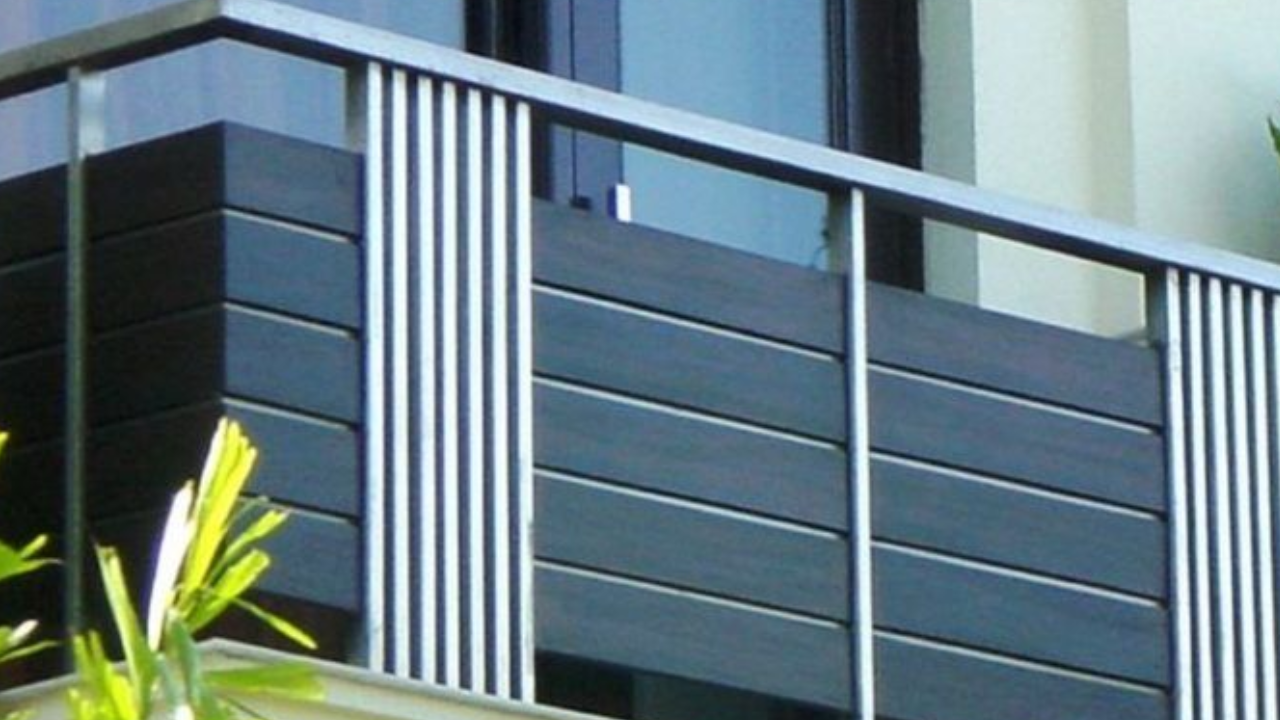Perforated facade panels are architectural elements used in building design to decorate aesthetics and functionality. Those panels are typically made from substances like metallic, aluminum, or composite materials and feature a chain of small holes or perforations organized in diverse patterns. The perforations can be custom-designed to create difficult designs or to fulfill specific necessities for light, air, and sound transmission.
The number one reason for perforated facade panels is to offer an appealing outside even supplying sensible benefits including natural light filtration, ventilation, and shading. The perforated facade panels help regulate the construction’s inner temperature and reduce the want for synthetic lighting fixtures and air-con, contributing to power efficiency. Moreover, those panels can enhance acoustics by decreasing noise ranges, making them appropriate for use in city environments and commercial buildings.
Aesthetic Benefits Make Perforated Panel Offer
These panels, characterized using a pattern of holes or perforations, offer many aesthetic benefits that contribute to both capability and visible attraction.
Visual Interest and Texture
Perforated panels introduce a unique visual texture that provides intensity and dimension to surfaces. The pattern of perforations, whether uniform or random, creates a dynamic interplay of light and shadow, enhancing the visible interest of any space. This textural excellence can smash the monotony of flat surfaces and provide an attention-grabbing focal factor.
Customization and Versatility
One of the key aesthetic benefits of perforated panels is their versatility in design. They can be custom-designed with numerous hollow sizes, shapes, and styles to match the particular layout vision. This customization permits designers to create intricate and personalized designs that align with the general topic of space. From geometric styles to summary motifs, the possibilities are genuinely countless.
Light and Transparency
Perforated panels offer a unique way to manipulate lightness and transparency in a space. When used as facades or walls, these panels can filter out herbal light, creating a smooth, subtle glow that complements the atmosphere. The diploma of transparency can be controlled by adjusting the size and density of the perforations, taking into consideration innovative lighting fixture outcomes and a sense of openness without sacrificing privacy.
Integration with Natural Elements
Incorporating perforated panels into outdoor areas can create a harmonious combination of natural elements. The panels can function as trellises for mountain climbing vegetation, permitting greenery to intertwine with the metallic shape. This integration no longer softens the commercial appearance of the panels but also enhances the overall aesthetic via combining interest and man-made factors seamlessly.
- Dynamic Facade
Perforated panels can remodel building facades into dynamic, ever-changing surfaces. The interplay of light and shadow at some stage in the day creates a dwelling facade that evolves with the movement of the sun. This dynamic fine no longer simply enhances the building's aesthetic appeal but also provides a layer of interest and engagement for observers.
Cohesive Design Elements
Perforated panels can be used to create cohesive design elements that tie distinct areas of a space together. Via repeating the perforation sample in various applications—such as wall cladding, ceilings, and furnishings—designers can gain a unified aesthetic that enhances the general design coherence. This repetition of factors helps to create a harmonious and properly balanced environment.
Sustainability and Eco-Friendliness
Further to aluminum and metal, many perforated panels are made of recyclable materials, supporting sustainable layout ideas. Their durability and low renovation requirements additionally lead them to an extended-lasting choice, reducing the need for common replacements. The combination of aesthetic enchantment and environmental benefits makes perforated panels an appealing alternative for eco-conscious designers and designers.
Final Words
Perforated panels provide a myriad of aesthetic benefits that make them a treasured addition to architectural and interior design. Their capacity to decorate visible interest, personalize styles, manage light, integrate with natural factors, enhance acoustics, create dynamic facades, aid branding, make sure cohesive layout, promote sustainability, and align with contemporary aesthetics makes them a versatile and appealing desire for a wide range of programs.


